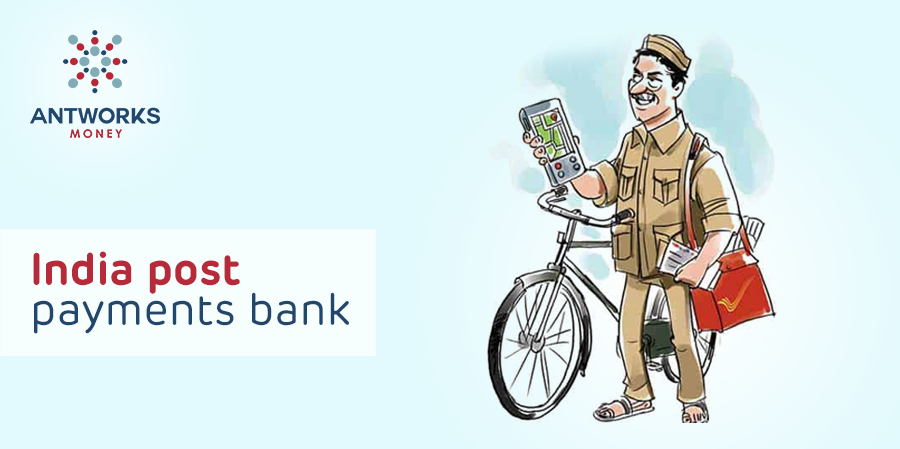
India Post Payments Bank (IPPB)
The government on Saturday rolled out payments bank of the Indian postal department, in a bid to take banking to the doorsteps of its citizens. The government owns 100 percent in IPPB, which has been set up under the aegis of the Department of Posts and will offer products and services through multiple channels such as counter services, micro ATMs, mobile banking app, messages and interactive voice response. In a bid to take on competing entities such as Airtel and Paytm Payments Bank, the Cabinet gave a nod to 80 percent hike in spending on IPPB to Rs 1,435 crore. This, it said, will arm it with additional ammo to compete in the market
Given that the other payment bank licenses issued by RBI have not managed to make a big impact, what has prompted the Modi Government of launching another payments bank? The timing of launch would also give ammunition to opposition parties to suggest that the big move may be aimed at upcoming elections. After all, the opposition is already starting at the fact that RBI data on the demonetization suggests that 99% of currency was deposited back in the system and cost of printing the new currency was actually more than the black currency which was not deposited back. While, it may be the very simplistic way to look at the data, but in election season, this is good news for the opposition and they will not let go of this opportunity to go back to people that Demonetisation was a big failure.
So how should one take the launch of IPPB in this backdrop? Is it just a way of diverting attention? After all, we have seen Bhartiya Mahila Bank under Congress rule, which was promptly merged with SBI. To understand the issue in detail, we have to break the discussion into two points:
- The rationale of IPPB and
- Timing of launch
Rationale of IPPB
According to RBI, the objectives of setting up of payments banks will be to further financial inclusion by providing (i) small savings accounts and (ii) payments/remittance services to migrant labor workforce, low-income households, small businesses, other unorganized sector entities and other users.
The aim of India Post Payments Bank (IPPB) was to cash in on the unmatched network of post offices and a huge workforce of 3 lakh postmen.
IPPB will leverage tech platforms. It will use Aadhaar to open accounts, while a QR card and biometrics will drive authentication, transactions, and payments. Grameen Dak Sewaks will be armed with smartphones and biometric devices to handle transactions.
IPPB will operate like a banking organization, but with smaller scale operations. Most banking operations like accepting deposits shall be done, but they cannot give loans or issue credit cards. As per guidelines laid out by the Reserve Bank of India, it can accept deposits of up to Rs 1 lakh per customer. However, Deposits in any account that exceed Rs 1 lakh will be automatically converted into post office savings account. The bank will offer a 4 percent interest rate on savings accounts. It has also tied up with PNB and Bajaj Allianz Life Insurance for products such as loans as well as insurance.
If all this does not sound great, here is a big one:
IPPB will have close to 1.30 lakh access points and it has received the nod to link around 17-crore postal savings bank (PSB) accounts with its own set-up.
Timing of launch:
While the work on the launch of IPPB has been going on for last 1 year, the launch it seems has been kept closer to the announcement of RBI data on demonetization and also upcoming elections. While this logic seems little farfetched to few, however, we know for sure that Modi works like a CEO and all CEOs understand the importance of timing of each small event.
So what’s our take on IPPB:
To start with, it’s a great idea which should have happened long back. Why? What do you expect your 3 lakh postmen to do? Their business has already been taken over by email, DHL, FedEx and other courier companies. If Govt wants to equip them with technology and make them an ambassador for financial inclusion, there is nothing wrong with this idea. It will help Govt in cutting down losses and potentially nurturing a multi-billion startup. Well, don’t be surprised, if IPPB manages to be India’s most valuable company is next decade. Well, it has the potential and reaches. After all, which another start up can claim to have 17 cr customers and 3 lakh access points on the day of launch. However, the things are not as easy as it sounds for any startup whether it’s in the private sector or public sector. It will have its own set of challenges and massive competition to deal with in years to come. We have already seen failures of BSNL and MTNL, which failed to compete with private players. So nothing is guaranteed for IPPB. They need to learn to work as a startup, remain nimble-footed and take on competition aggressively. The success of IPPB would also depend on the outcome of elections in 2019. If we get Modi Govt at centre in 2019, the chances are IPPB would be a big success.
Execution challenges and other external factors apart, this is a great idea and we should all welcome this launch. But next time, you see your gentle postman, just be aware, he may be there to sell you a credit card or an insurance policy. But there is no running away from him because you can’t afford your post to go missing. Nice move, Modi Ji.
Article written by Mr. Rajeev Mahajan, Founder and CEO at Antworks Capital





